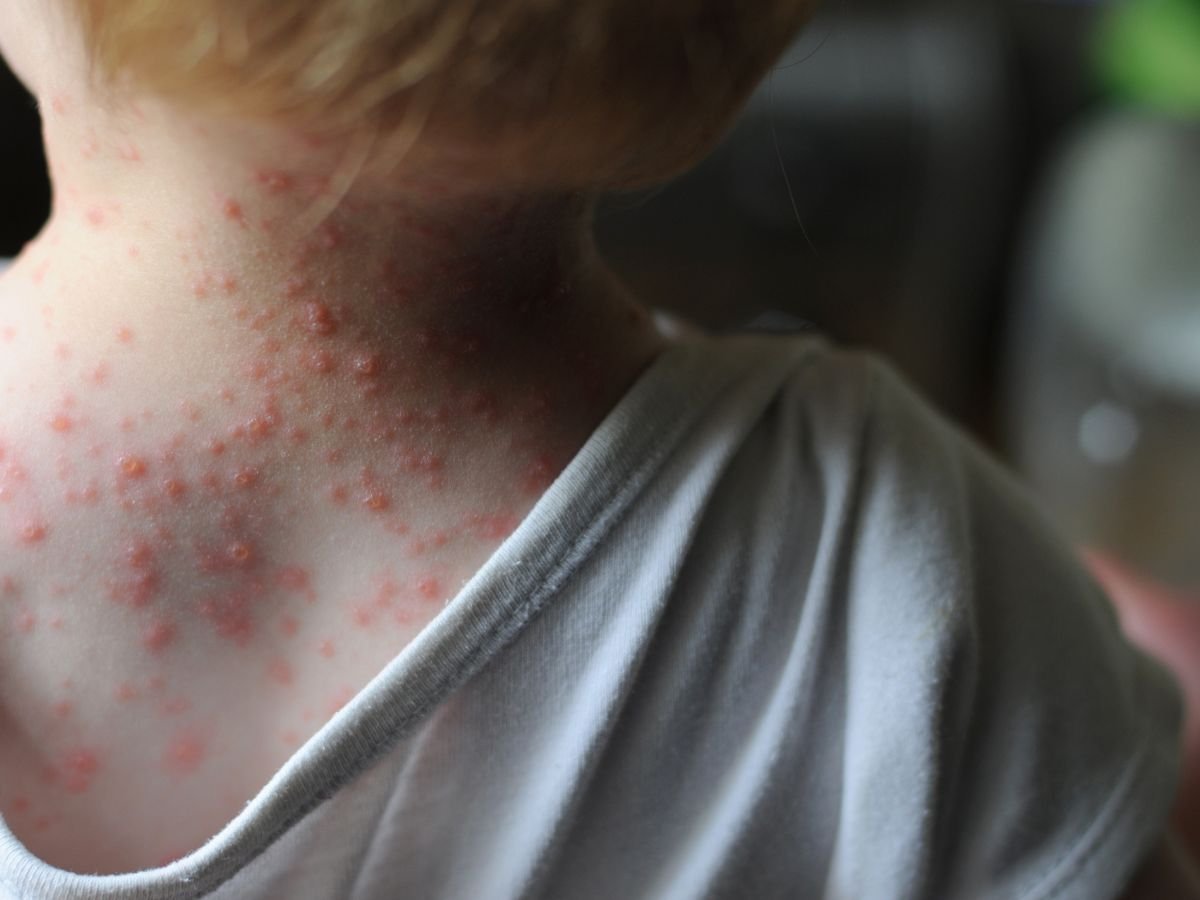The CDC warns that monkeypox can cause unusual symptoms
The Centers for Disease Control and Prevention (CDC) advised doctors diagnosing monkeypox to be on the lookout for symptoms that do not match the typical descriptions of the disease.
According to the CDC, the monkeypox virus belongs to the same family and genus as the virus that causes smallpox and causes similar, but milder, symptoms. People typically experience fever, headache, muscle aches, swollen lymph nodes, and fatigue at the start of an infection. The characteristic rashes associated with monkeypox then appear. These rashes typically progress in stages, beginning with discolored patches of skin, then rising bumps, blisters, and finally large, pus-filled pimples; these skin lesions eventually scab over and fall off.
Historically, monkeypox rashes appear first around the face and oral cavity, then spread to the extremities, including the palms of the hands and soles of the feet. However, the CDC reported that some recent monkeypox cases in the United States have deviated from this pattern.
Rashes have first appeared around the genitals and anus, as well as the tissues lining the mouth, in many patients in the United States. These rashes have caused anus and rectum pain, rectal bleeding, painful inflammation of the rectal lining (proctitis), and the sensation of having to pass stool when the bowels are empty in some patients (tenesmus). These symptoms are not mentioned in most descriptions of monkeypox.
Aside from the face and extremities, some patients’ rashes were “scattered or localized to a specific body site,” according to the CDC. Rashes in various stages of progression have occasionally appeared at the same body site. In addition to the typical flu-like symptoms of fever, swollen lymph nodes, and fatigue “If they occurred at all, they did not always occur prior to the rash. “
Similarly, bizarre monkeypox presentations have been observed in other countries affected by the current outbreak. “It’s now clear that there is an unusual situation, which means that even the virus is behaving unusually from how it used to behave in the past,” World Health Organization (WHO) Director-General Dr. Tedros Adhanom Ghebreyesus said at a press conference, according to NBC News.
The symptoms of monkeypox infections can resemble those of the Varicella zoster virus, which causes chickenpox, as well as certain sexually transmitted infections such as syphilis and herpes, according to the CDC. If a patient appears to have one of these illnesses, clinicians should examine the skin and mucosal tissues thoroughly, including the anal, vaginal, and oral tissues, to rule out monkeypox as a diagnosis.
People who develop potential monkeypox symptoms should contact their doctor, especially if they meet the following criteria:
- Have visited countries where monkeypox has been reported?
- Have you recently had contact with someone who has a similar rash, or have you been diagnosed with confirmed or suspected monkeypox?
- Had close or intimate in-person contact with individuals in a social network who were infected with monkeypox
“Monkeypox can be acquired and spread by anyone, regardless of gender identity or sexual orientation. However, many of the reported cases in the United States in this outbreak are among gay, bisexual, or other men who have sex with men “The CDC made this observation. As a result, the health agency has stated that men who have sex with men should be aware that the virus may be spreading through their social networks.
According to the CDC, as of June 24, just over 4,100 monkeypox cases had been detected in 47 countries and territories; this global case count, which is subject to change, includes both confirmed monkeypox infections and infections caused by an Orthopoxvirus — the virus genus that includes monkeypox.
In the U.S., 2001 such cases have been identified in 25 states and the District Of Columbia, so far, the CDC reported.






